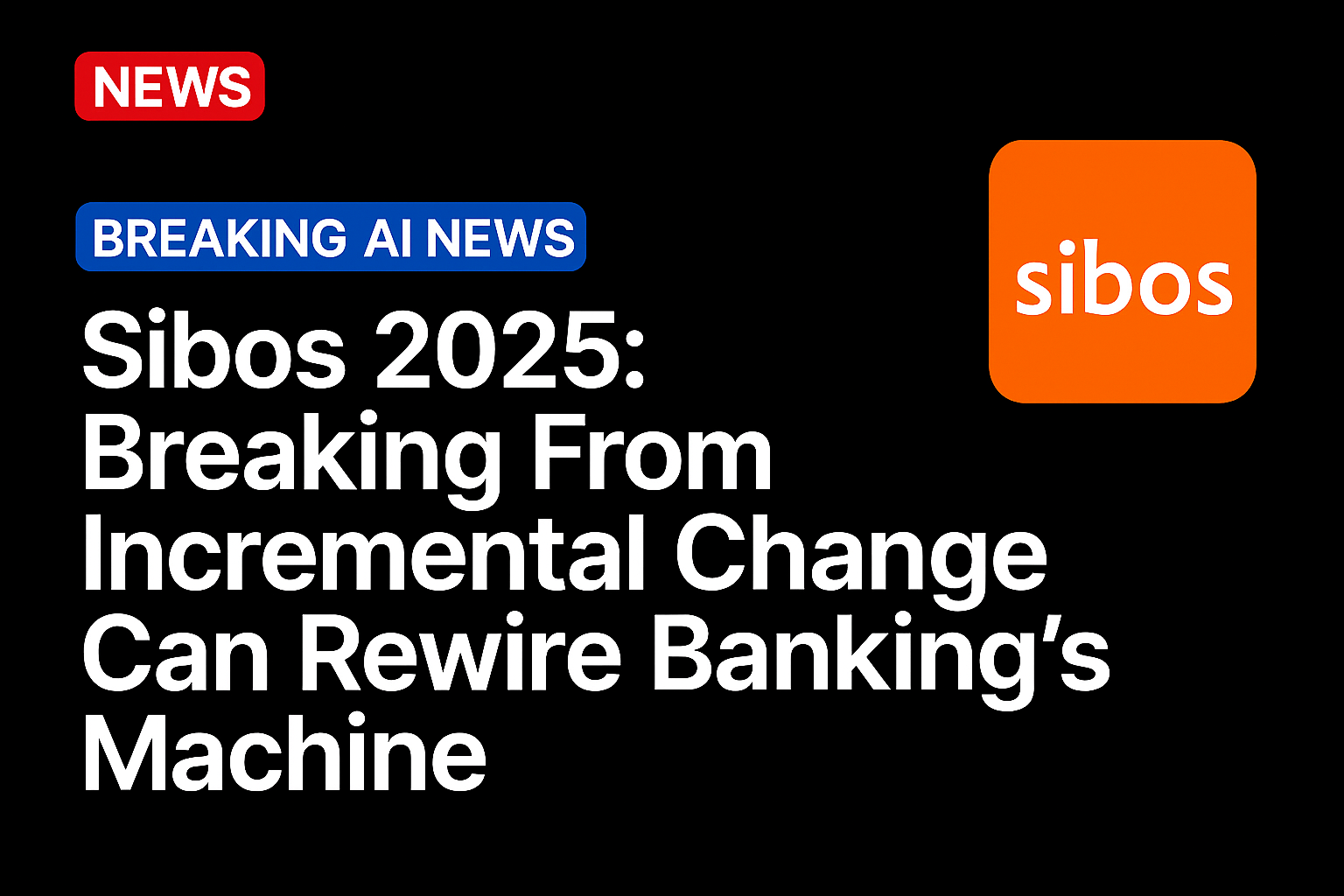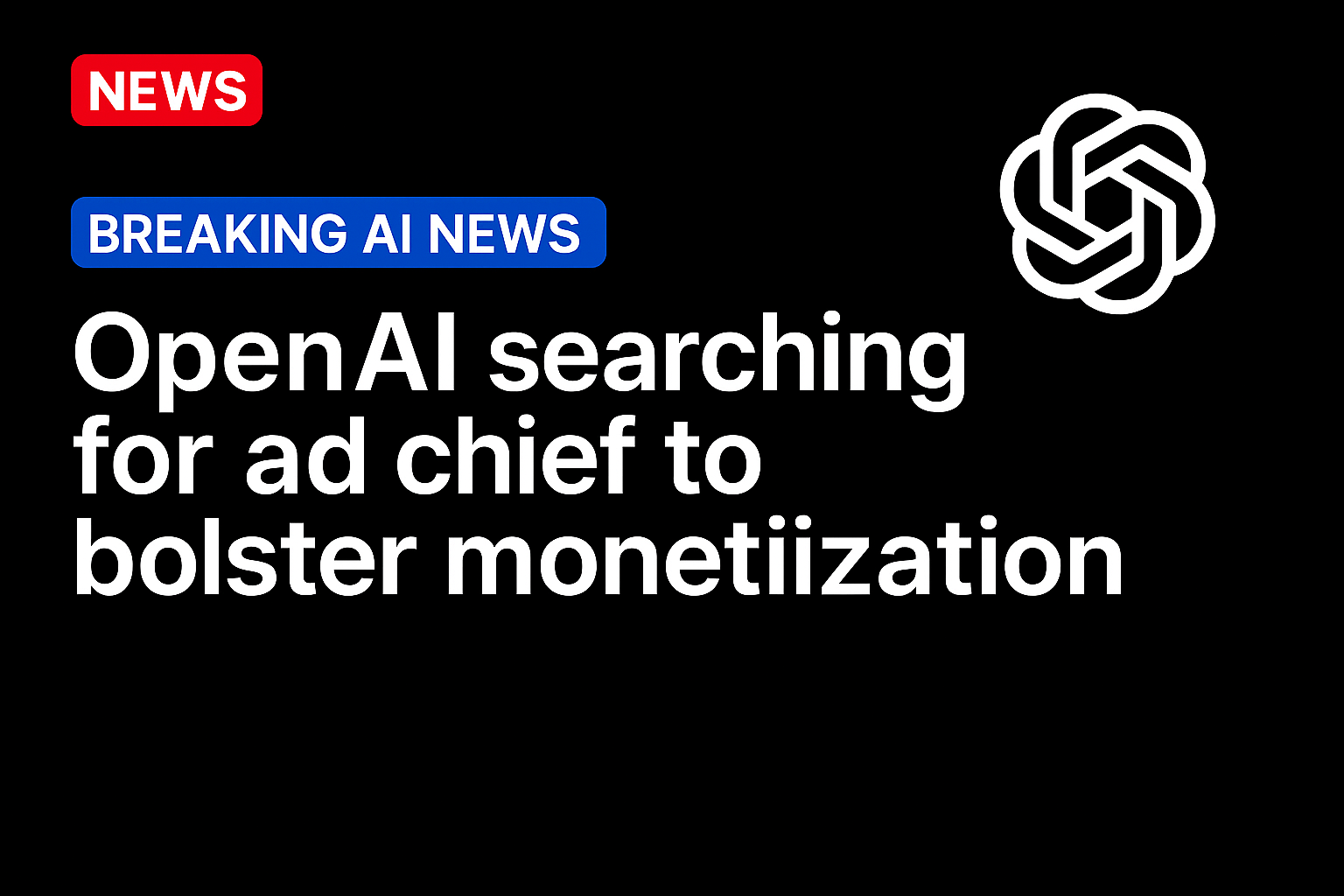The global banking establishment is entering 2026 confronting a growing array of existential questions. Chief among them is whether the future of money can be built without undermining the trust that sustains it.
Digital transformation across financial services is now bringing with it not merely another cycle of upgrades, but a fundamental choice: whether, and how, to reinvent core banking infrastructure for a world shaped by tokenized assets, artificial intelligence (AI) core systems, and a coming wave of digital currencies, even quantum applications, already breaking at its shores.
That, at least, was the overarching theme on Monday (Sept. 29) at Frankfurt’s Sibos 2025 industry conference.
Not only are once-emerging technologies more mature, with advances like tokenized finance already settling real-world assets at scale and AI systems reshaping compliance, liquidity management, and even product design; but the competitive landscape has changed.
Challenger platforms, FinTech consortia, and a growing array of digital-asset intermediaries are threatening to define the next rails for cross-border finance. For established institutions, the question has become how quickly they can rewire themselves to stay relevant.
That was the case with financial messaging network Swift, which announced that it is launching a blockchain-based network for cross-border payments with 30 banks. Finestra also announced Monday at Sibos a new Intelligent Routing Module solution designed to bring data-driven payment routing to banks and financial institutions. Also at the conference, Barclays announced it was creating a fully digital trade finance solution by partnering with CGI and Komgo.
The consensus seems to be that the challenge is not about inventing the base technologies powering these innovations, but about orchestrating change across sprawling organizations, each constrained by legacy processes, regulatory obligations, and entrenched incentive structures.
Read more: Swift’s New Blockchain, Richer Data Unravel Decades of X-Border Frictions
Banks Face Defining Inflection Point
The undercurrent of Sibos 2025 is a recognition that the industry’s familiar playbook of incremental adoption, pilot projects, cautious scaling may no longer suffice.
Competitive advantage in cross-border finance is shifting to those that can deliver speed, programmability and intelligent orchestration at scale. The existential pivot may not necessarily be to any single technology, but to a new operating paradigm in which tokenized assets, AI-native cores, and digital-asset-linked rails are potentially foundational rather than peripheral.
Yet even as banks accelerate transformation, measuring progress is tricky. The transition to tokenized and AI-native architectures is unlikely to be linear. Markets will coexist for years with both traditional and new settlement models. Legacy infrastructure will persist in parallel, particularly in jurisdictions with slower regulatory adaptation.
But the trendlines around innovation and automation are becoming undeniable.
The PYMNTS Intelligence and Worldpay collaboration “Platform Power: The Growing Importance of Embedded Finance to SMB Success” found that about 90% of small and medium-sized businesses said access to embedded finance is essential to their daily operations.
Of course, no financial services event would be complete without artificial intelligence. Several Sibos 2025 panels suggested that the financial services landscape is moving from “AI-assisted” paradigms into an era of AI-native finance, where decisioning, personalization, and orchestration are machine-centric by design.
This transition is not trivial. The adoption of AI in banks to date has largely lived in silos like fraud detection, credit scoring, customer support. But making AI the architecture of banking demands streaming data models, real-time decisioning, built-in explainability, and a rethinking of regulatory oversight.
Data from the PYMNTS Intelligence report “The Prompt Economy: How AI Agents Turn Conversation into Commerce,” done in collaboration with Visa, found that just 15% of CFOs at large enterprises are currently piloting agentic AI, with data security, governance, and trust issues impeding adoption.
Banking Innovation and Finance Teams
The way banks are rewiring themselves for tokenized assets, AI-native architectures, and digital currencies could fundamentally reshape how large enterprises manage liquidity, risk and cross-border operations.
“I have not met a treasurer that does not want efficiency in automation,” Tom Durkin, global head of product for CashPro in Global Payment Solutions at Bank of America, told PYMNTS in an interview posted Monday. “There is huge pressure on finding those different ways … whether it’s reports, feeding data into the client’s ERP system to improve reconciliation … it’s all about efficiency and automation.”
PYMNTS Intelligence in the September 2025 Digital Financial Services Tracker® Series report, “From Back Office to Bottom Line: How Modern Account Analysis Empowers Treasury Management,” found that 80% of North American banking executives say their current pricing and billing capabilities fall short of meeting customers’ expectations for product and service agility.
For CFOs and treasurers, the opportunity is not merely to cut costs but to use finance operations as a competitive lever — whether by accelerating supply chain payments to capture discounts, deploying surplus liquidity in tokenized short-term instruments, or leveraging AI-driven insights to hedge exposures dynamically.
The coming year will test which enterprises can transform their finance functions in tandem with their banking partners. Those that wait for a clear industry “end state” may find themselves constrained by slower processes and higher costs at precisely the moment when their competitors are unlocking new forms of agility.
Source: https://www.pymnts.com/



